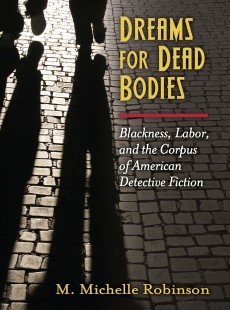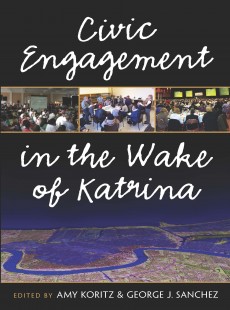
Dreams for Dead Bodies
Blackness, Labor, and the Corpus of American Detective Fiction
M. Michelle Robinson
 Publisher: University of Michigan Press
Publisher: University of Michigan Press
Imprint: University of Michigan Press
Published: 01/2016
Pages: 264
Subject: Literary Criticism - Mystery & Detective, Social Science - Minority Studies
Print ISBN: 9780472119813
eBook ISBN: 9780472900602
DESCRIPTION
The author constructs an interracial genealogy of detective fiction to create a nuanced picture of the ways that black and white authors appropriated and cultivated literary conventions that coalesced in a recognizable genre at the turn of the twentieth century. These authors tinkered with detective fiction -- puzzle-elements to address a variety of historical contexts, including the exigencies of chattel slavery, the erosion of working-class solidarities by racial and ethnic competition, and accelerated mass production. Dreams for Dead Bodies demonstrates that nineteenth- and early twentieth-century American literature was broadly engaged with detective fiction, and that authors rehearsed and refined its formal elements in literary works typically relegated to the margins of the genre. By looking at these margins, the book argues, we can better understand the origins and cultural functions of American detective fiction.
REVIEWS
—Paula Rabinowitz, author of American Pulp: How Paperbacks Brought Modernism to Main Street
RELATED TITLES




